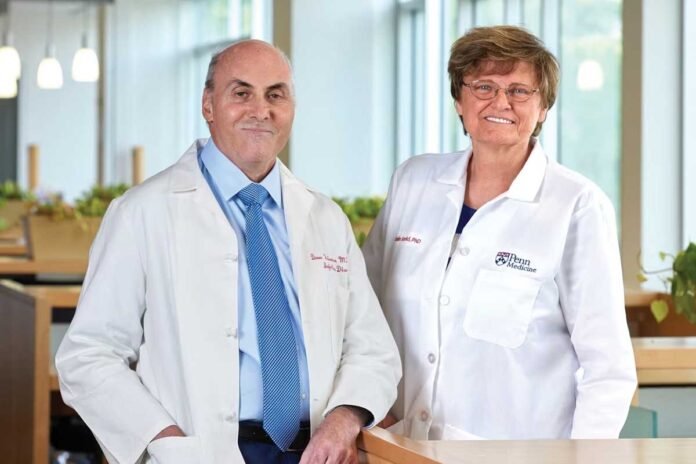The Nobel Assembly at Karolinska Institutet has announced the winners of the 2023 Nobel Prize in Physiology or Medicine. They are Katalin Karikó and Drew Weissman. These two scientists have made important discoveries about how to change some parts of the genetic material, called nucleoside base modifications, to make mRNA vaccines work well against COVID-19.
Why This Is a Big Deal
The work of Karikó and Weissman was crucial in making COVID-19 mRNA vaccines, like the ones from Pfizer and Moderna, possible. These vaccines have been vital in fighting the COVID-19 pandemic, which began in early 2020. Thanks to their discoveries, scientists were able to develop these vaccines quickly when the world needed them the most.
Understanding Vaccines
Vaccines are like training for your immune system. They teach your body how to recognize and fight specific diseases. In the past, we used vaccines made from weakened or killed viruses, like the ones for polio, measles, and yellow fever. Then, we started making vaccines from parts of the virus, like proteins, which trigger your immune system to fight the virus. Examples of these include vaccines for hepatitis B and human papillomavirus. There are also vaccines that use harmless viruses to carry pieces of the virus we want to fight, like the Ebola virus.
The Challenge with Traditional Vaccines
Making these vaccines usually involves growing lots of cells in a lab, which takes a long time and a lot of resources. So, when new diseases like COVID-19 appear, we need faster ways to make vaccines.
The Promise of mRNA Vaccines
Here’s where mRNA comes in. In our cells, DNA carries genetic information, and mRNA helps make proteins using this information. In the 1980s, scientists found ways to make mRNA outside of cells, called “in vitro transcription.” This was a big deal for biology. But using mRNA as medicine had problems. It was fragile, hard to deliver, and could cause inflammation.
Katalin Karikó’s Dedication
Katalin Karikó, a scientist from Hungary, was determined to make mRNA work for medicine. In the early 1990s, she joined forces with immunologist Drew Weissman. They discovered that our immune cells see some types of mRNA as foreign, causing inflammation. They realized that the difference was in the chemical building blocks of mRNA, called bases.
The Breakthrough
RNA has four bases: A, U, G, and C. They found that the mRNA made in labs didn’t have changes in these bases like the mRNA made in our cells. When they added these changes to lab-made mRNA, the inflammation went away. This was a game-changer in how we use mRNA for medicine. They published their findings in 2005, long before COVID-19.
Making mRNA Vaccines a Reality
With this knowledge, researchers could develop mRNA vaccines for diseases like Zika and MERS-CoV. When COVID-19 hit, they used base-modified mRNA to make vaccines incredibly quickly. These vaccines were proven to be around 95% effective and were approved in December 2020.
The Future of mRNA Vaccines
This technology allows us to make vaccines faster and could help fight other diseases. It might even be used to treat some types of cancer. Thanks to Karikó and Weissman’s work, mRNA vaccines have saved countless lives and given us hope in the battle against COVID-19.





